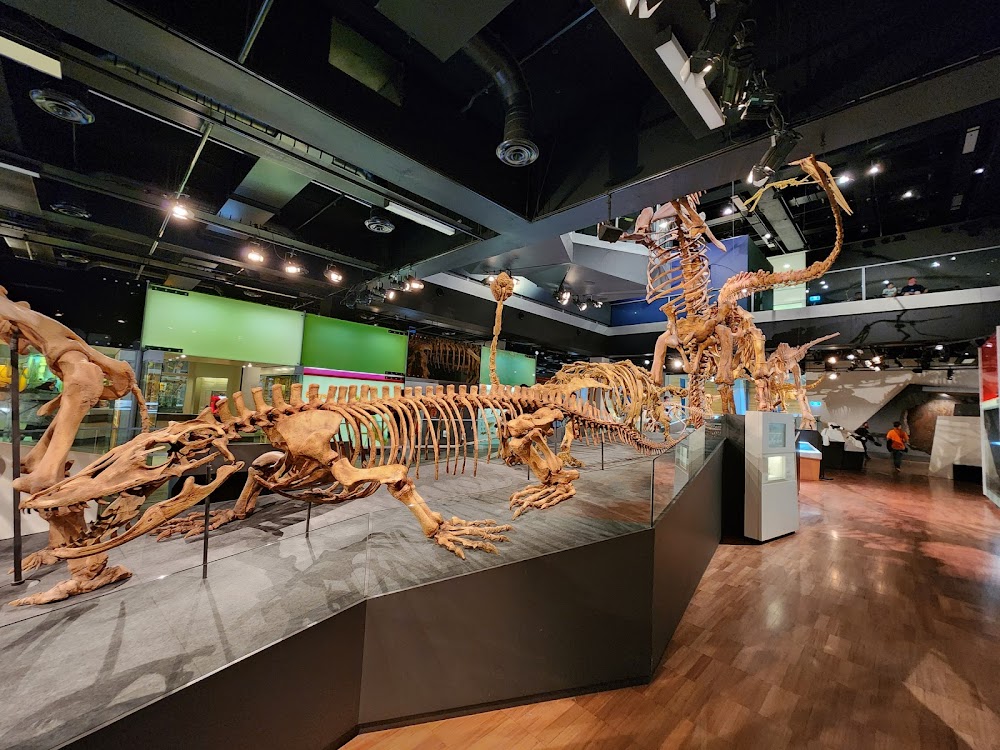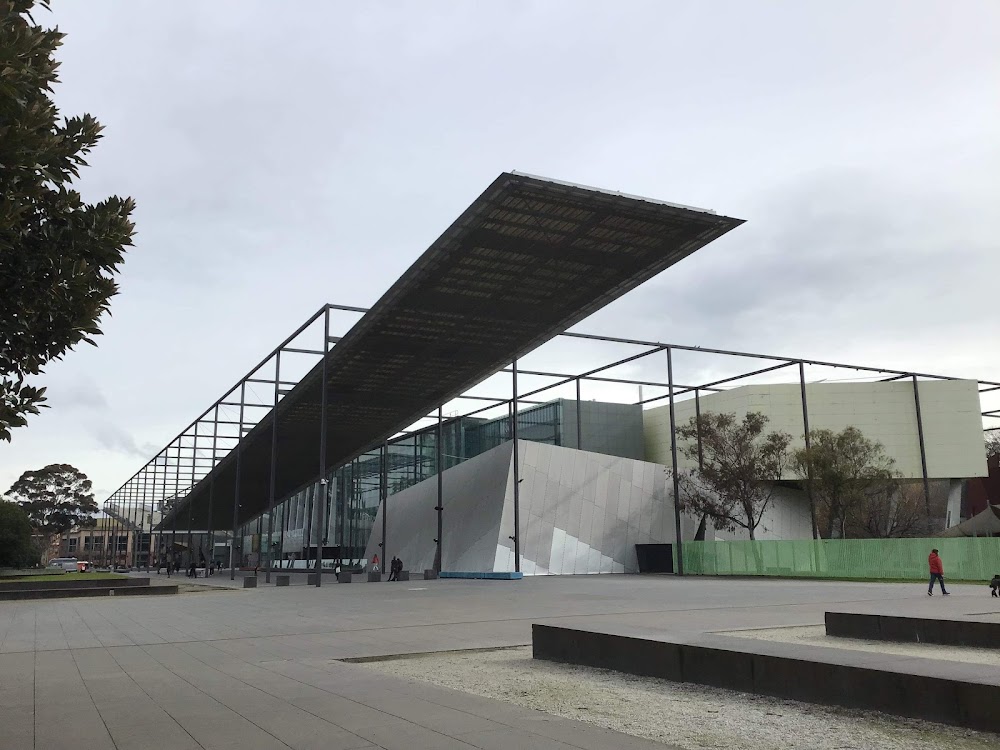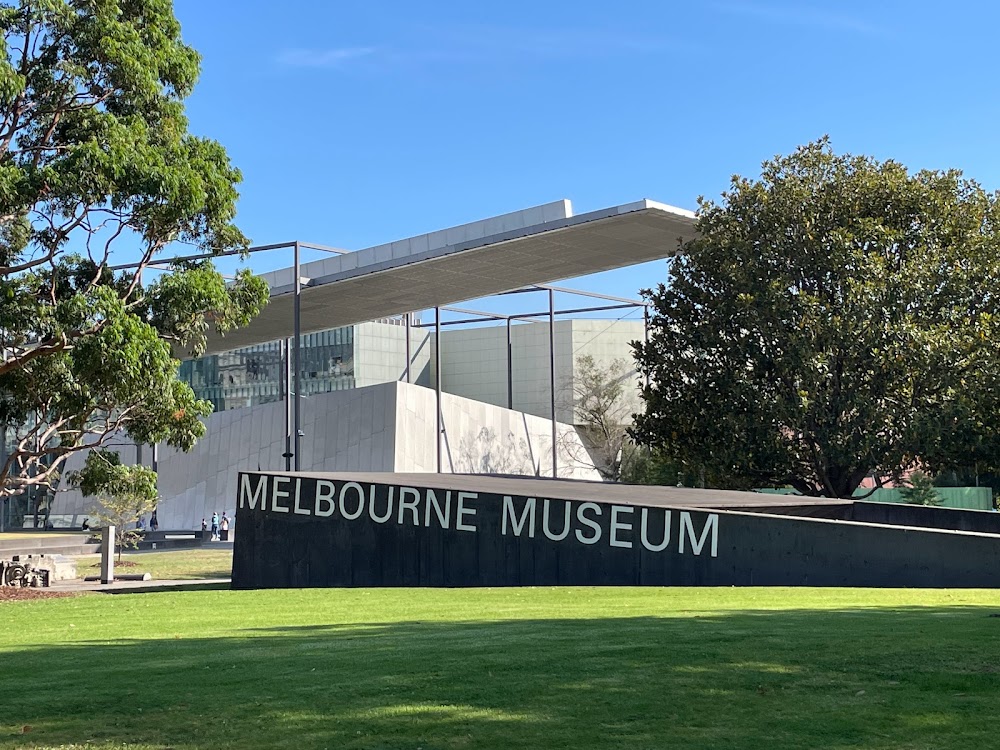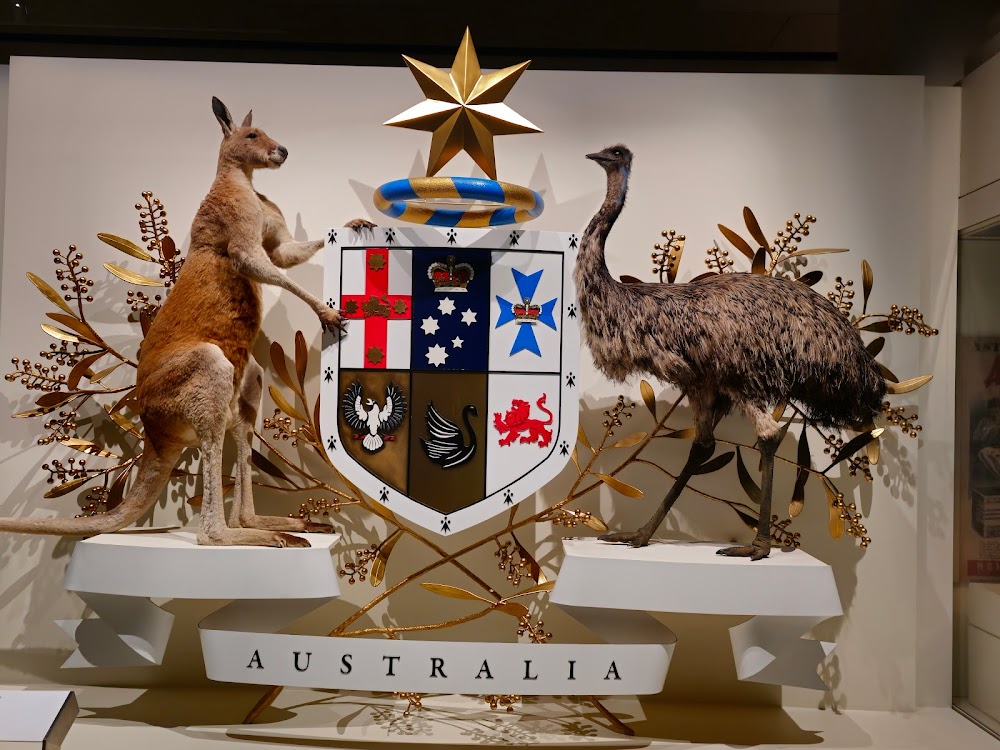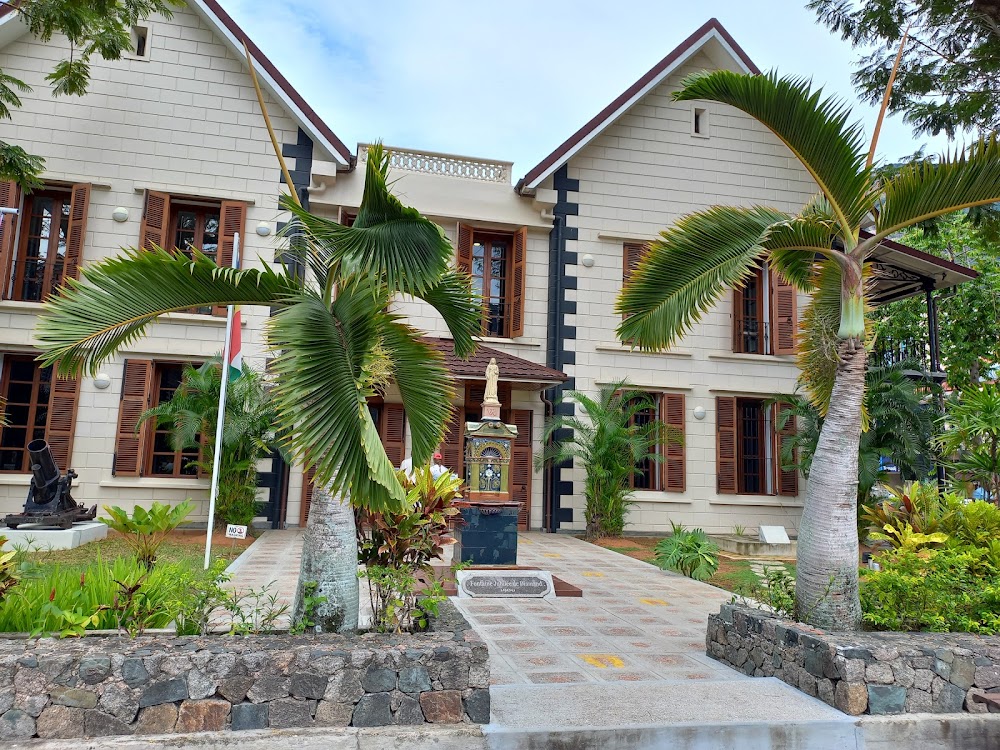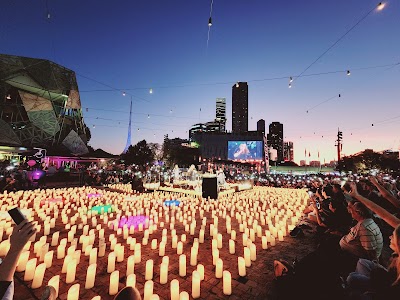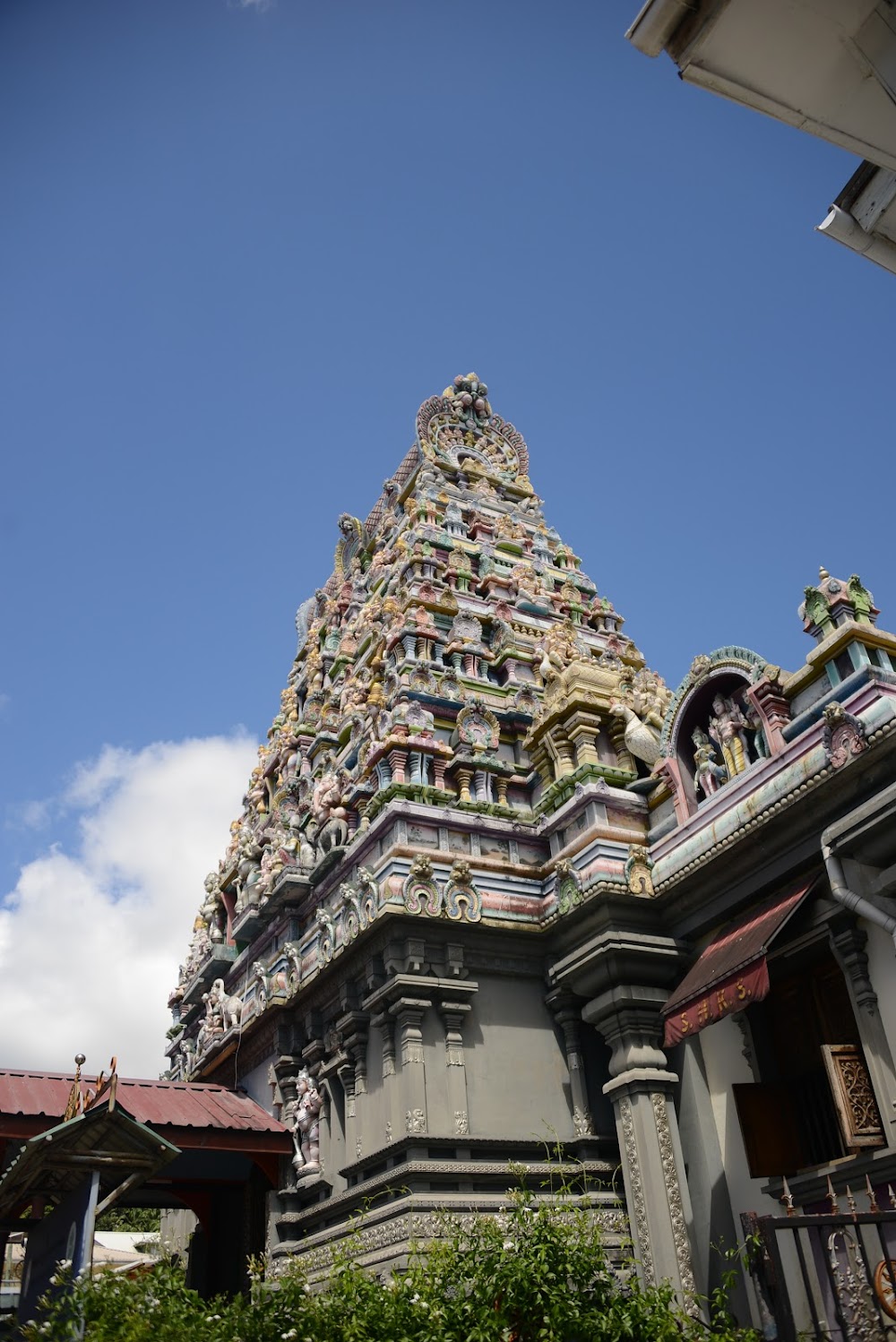Melbourne Museum (Melbourne Museum)
Overview
Melbourne Museum: A Cultural Gem in Victoria
Nestled in the heart of Victoria, Australia, the Melbourne Museum opened its doors in 2000 as a landmark cultural project. Designed to provide insight into Australia's rich natural environment, history, and culture, the museum is situated within the expansive Carlton Gardens precinct, which is also home to the Royal Exhibition Building, a UNESCO World Heritage site.
Architectural Marvel
The museum, crafted by renowned architect Denton Corker Marshall, features a spacious and modern design that captivates visitors with its striking use of glass and steel. The design philosophy focuses on transparency and accessibility, with wide windows and open spaces that seamlessly connect the museum's interior with the lush natural surroundings outside.
Expansive Complex
Covering approximately 80,000 square meters over three levels, the Melbourne Museum offers a wealth of experiences, including exhibition spaces, inviting gardens, a dedicated children's gallery, and areas devoted to research and education. One of its most remarkable attractions is the Forest Gallery, an indoor living rainforest that showcases Australia’s diverse flora and fauna in an immersive environment.
Educational Innovation
As a hub of innovation, the Melbourne Museum sets high standards for educational and interactive exhibits. Visitors can explore permanent galleries, such as the Science and Life Gallery, which proudly displays the skeleton of a blue whale, and the Melbourne Gallery, which chronicles the history and evolution of the city. Don’t miss the Bunjilaka Aboriginal Cultural Centre, where you can gain insight into the rich culture, history, and achievements of Aboriginal Australians.
Immersive Experiences
The museum also boasts the IMAX Melbourne theatre, featuring one of the world’s largest screens. This state-of-the-art facility offers an immersive experience, showcasing both educational documentaries and popular films in stunning large-format projections that leave a lasting impression.
Sustainable Practices
The construction of the Melbourne Museum was a blend of cutting-edge architectural techniques and sustainable practices. Builders prioritized the use of local and recycled materials, ensuring a low environmental impact. Energy-efficient systems regulate the building's temperature and lighting, making the museum a model of environmental consciousness.
Engaging Design
More than just a venue for exhibits, the architecture of the Melbourne Museum enhances learning and exploration. Its open spaces encourage visitors to wander freely, while strategically placed exhibits capture their attention. The abundance of interactive and multimedia displays creates a dynamic experience, engaging visitors in ways that traditional static exhibits cannot.
A Vibrant Cultural Hub
Melbourne Museum serves as a dynamic cultural hub, with a flexible design that accommodates a variety of events, from traveling exhibits to community gatherings and educational workshops. This adaptability ensures that the museum remains an integral part of Melbourne's vibrant cultural and intellectual landscape.
Collaborative Creation
The museum's inception was a collaborative effort among state and local government entities, cultural organizations, and the local Aboriginal community. Together, they aimed to create an inclusive space that respects and showcases the rich tapestry of Australian history and culture.
Today, the Melbourne Museum stands as a testament to innovative design, cultural inclusivity, and educational excellence, inviting visitors to delve into the natural and cultural history of Australia through its interactive and engaging exhibits.


